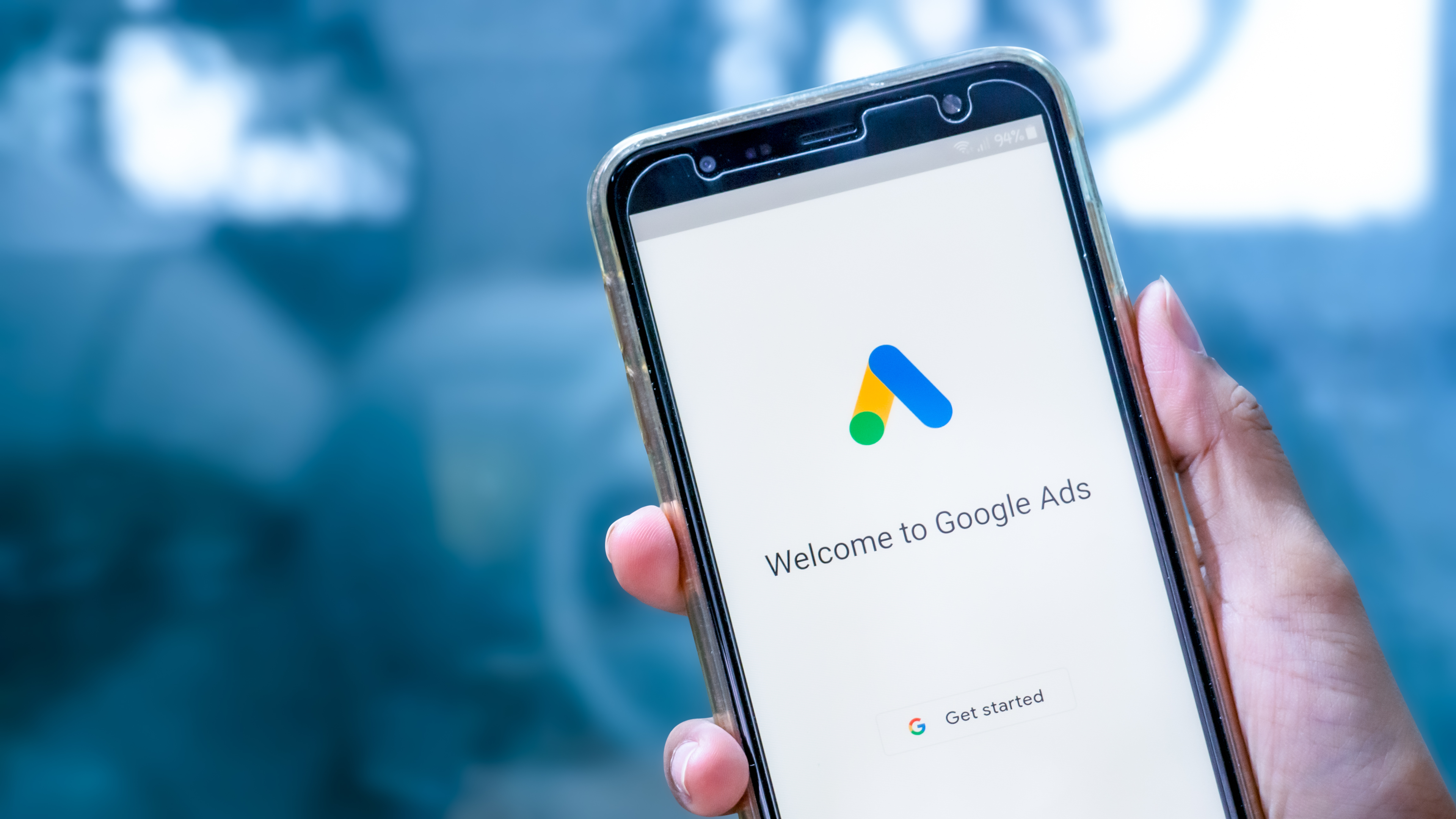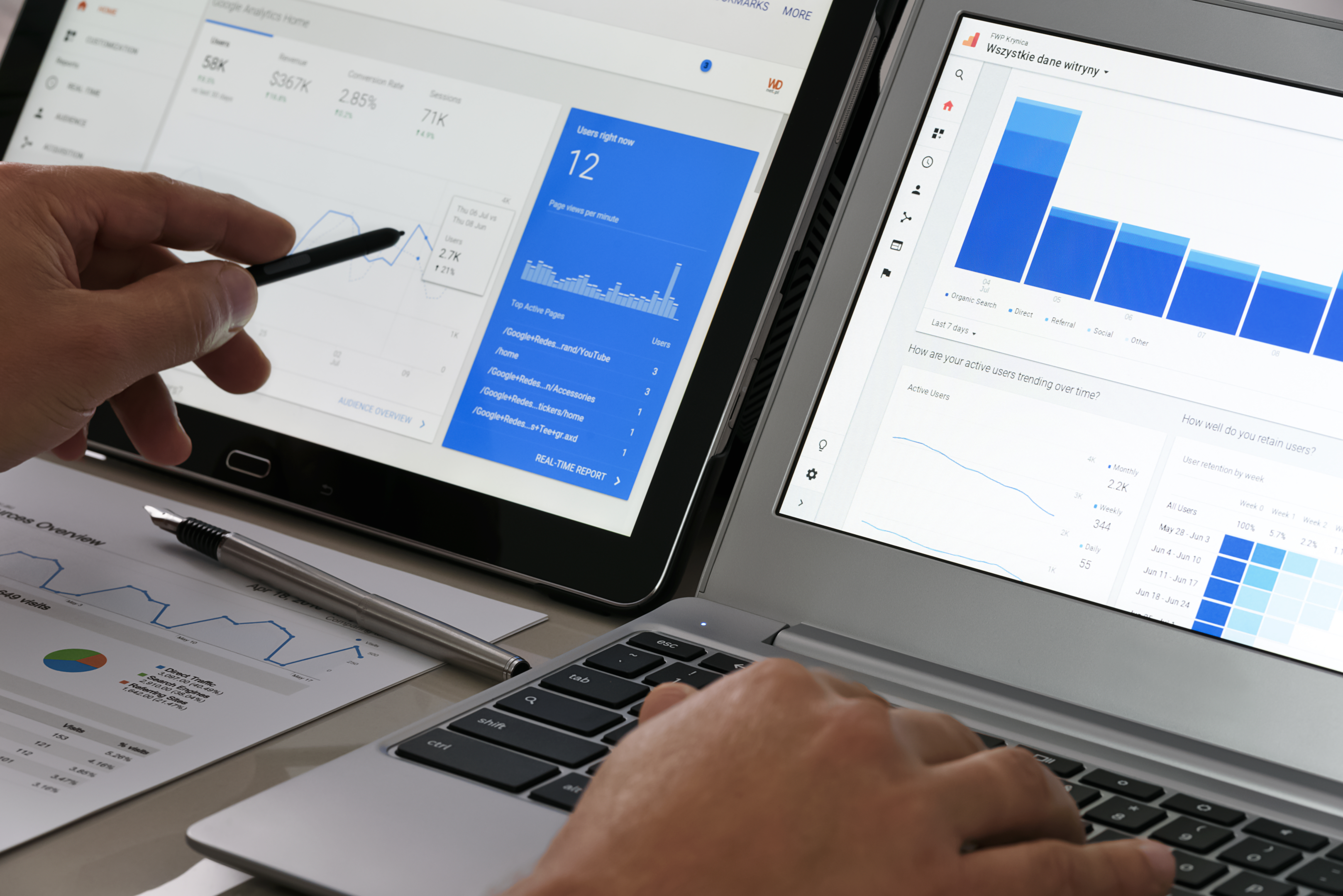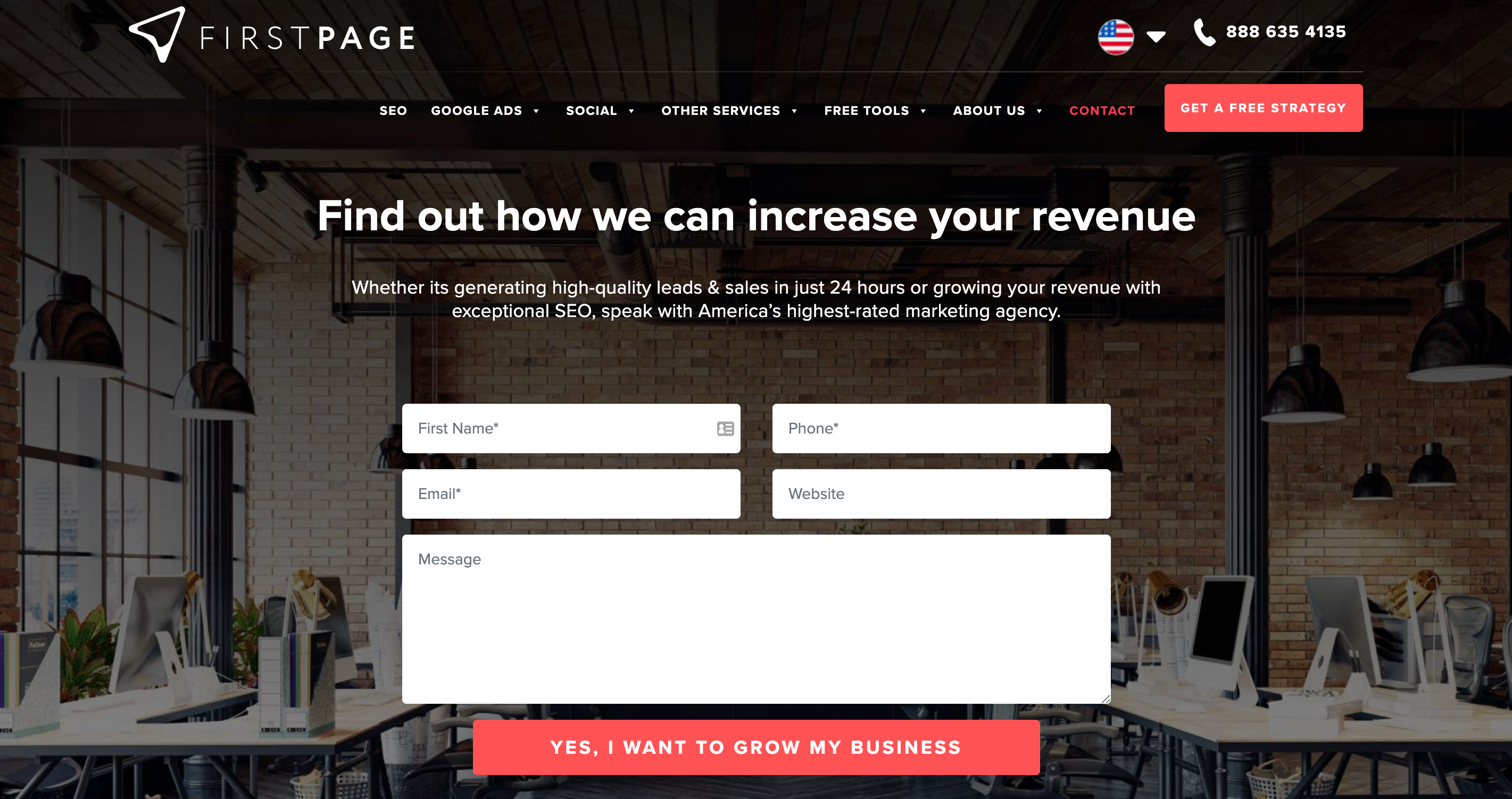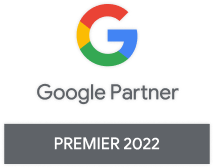Google Performance Max: 10 Things to Know Before You Start
Launched in November 2021, Google Performance Max campaigns are a new way for businesses to reach and convert their ideal customers. But how does this new Google Ads campaign type deliver specific advertising benefits for your operation?

Essentially, Google Performance Max (PMax) enables businesses to achieve their digital marketing objectives using all of Google’s advertising channels at the same time. This could be incredible for brand awareness and lead generation, but don’t get too excited yet.
While this new campaign type is undoubtedly impressive, it pays to be careful before launching new PMax campaigns. Here, we explore 10 essential things that will help you get the most from Google Performance Max.
What is Google Performance Max?

As mentioned, Google Performance Max makes it possible to reach your target audience across all of Google’s advertising inventory from a single campaign, including Search, Display, Discovery, Video, Shopping, and more.
By making the most of Google’s automation and machine learning capabilities, PMax campaigns help achieve your business goals no matter where your audience hangs out online.
Using ad objectives, conversion goals, and audience signals, it’s possible to attract new customers more likely to convert. Excited to learn more? We explore the details of Google Performance Max, so you can decide whether it outperforms your existing search campaigns.
Perfect for Maximum Reach

If you want to reach the largest audience, being able to benefit from every Google Ads channel is a remarkable advantage. Instead of managing each campaign type individually, Google handles most of the hard work through its machine-learning algorithms.
Google Performance Max functions best for advertising and conversion goals, such as increased online sales and lead generation. Designed to run alongside your Google Search campaigns, you can discover new audiences beyond the search engine results page.
If your marketing objective involves spreading the word about your business far and wide, considering how a Performance Max campaign fits into your plans could make all the difference to your success.
Benefit From Automated Targeting

Google Performance Max uses automation and machine learning to boost campaign performance. Through key features like Smart Bidding, the platform takes charge of your bidding strategy and ad design.
However, you can still establish user-specific campaign settings to reach your ultimate target through factors such as budget, business goals, and conversion objectives. Meanwhile, your asset groups determine the look and feel of your advertisements across Google’s channels.
Automated campaigns can save businesses massive amounts of time and energy, but you must hit the mark with your campaign setup to avoid heading down the wrong path. Keep lead quality in mind when monitoring your PMax campaigns.
Audience Signals Are Crucial

If you’re looking to launch a Performance Max campaign, audience signals are how you steer your campaign’s targeting in the right direction. However, audience signals are more like giving Google suggestions rather than direct orders.
Supported by Google’s real-time understanding of customer intent and preferences, Google Performance Max uses your audience signals to find potential customers. Yet it also searches beyond your recommendations to enhance new customer acquisition.
So, how do you ensure your audience signals are effective? You can use remarketing lists, custom segments, consumer interests, and demographics to encourage more conversions. Add audience signals to achieve optimal performance.
More Data-Driven Insights

Whether you’re running Search campaigns, Display campaigns, or Performance Max campaigns, frequently checking your analytics is essential to success. However, PMax campaigns provide two metrics to consider on the Google Ads Insights page.
The first of these is called asset audience insights. This helps you understand how specific customer segments appreciate your ad copy, images, and videos. This way, you can determine whether a video ad or a text-based ad is more likely to convert.
Performance Max campaigns also feature diagnostic insights – a useful tool for troubleshooting issues with your campaign performance. Not only does it identify potential problems, but it also provides helpful suggestions to resolve them.
You Need Lots of Creative Assets

Performance Max campaigns capitalize on every Google Ads channel, so you must upload enough creative assets to serve ads effectively. These are organized into multiple asset groups, where it’s suggested to separate these by products or services.
When you’re ready to proceed, Performance Max campaigns see Google automatically assemble responsive ads using your distinct pieces. With more creative assets to choose from, the algorithm can advertise using more ad formats and ad inventory.

Adding several images, videos, headlines, descriptions, and logos to each asset group will boost campaign performance and skyrocket customer acquisition. Take your ad creation to the next level with a Performance Max campaign.
Check Your Location Settings

If local campaigns matter to your success, keep a close eye on your Performance Max reports. As some people have noticed how their campaign’s budget is being used on irrelevant users, consider excluding countries and regions you want to avoid.
When creating your Performance Max campaign, you can also target users based on “Presence or Interest” or “Presence” only. If you’re ready to engage local customers that actively spend time in your chosen locations, the latter is probably the best choice.
Although Performance Max campaigns are similar to Smart Shopping campaigns, Google’s new campaign type enables brands to choose more conversion goals rather than just focusing on maximum sales. This approach can enhance your location performance.
Prevent URL Expansion

As Performance Max campaigns explore every avenue at its disposal, it’s wise to prevent Google Ads from sending traffic to virtually every page on your website. This can help deliver the best performance when you engage new customers.
For a new Performance Max campaign, you can select to target a single URL. However, this may limit your Google Ads campaigns from achieving their full potential. Instead, it’s best to exclude irrelevant URLs from Performance Max campaigns.

To maximize conversions, you need to know that customers are being shown the optimal landing page for their needs. You can achieve your ideal target cost and keep your campaign focused by preventing URL expansion in Performance Max campaigns.
You Can’t Target Devices

Performance Max works by taking the broadest possible approach to reaching your audience via Google Ads. This means you can’t decide whether ads are displayed to customers browsing on their mobile devices. Why does this matter?
If your website isn’t optimized for mobile customers, displaying ads to these consumers is likely wasting your budget. Even if your product is the perfect fit for their needs, a poor-quality browsing experience will dramatically reduce your conversion rate.
Therefore, this campaign type might be unsuitable for businesses that haven’t gotten around to developing a mobile-first approach. Perhaps a standard Search campaign or Shopping campaign targeted at desktop users will deliver better results.
Use Performance Max to Its Full Potential
There’s no shortage of Google Ads campaign types to consider, but if convenience and extraordinary reach matter most to your success, a Performance Max campaign might be the perfect strategy for your objectives.
However, optimizing performance with this campaign type isn’t easy, as automation and machine learning handle much of the process. Fortunately, the experts at First Page can ensure your campaign achieves your specific goals.
With our specialist digital marketers working on the cutting-edge of PPC advertising, we can deliver your ideal audience straight to your website wherever they exist online. Get in touch to learn more today.

















